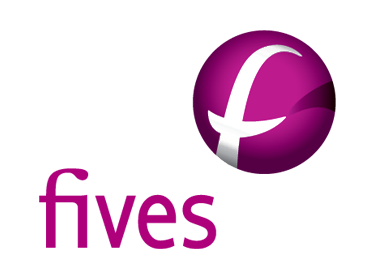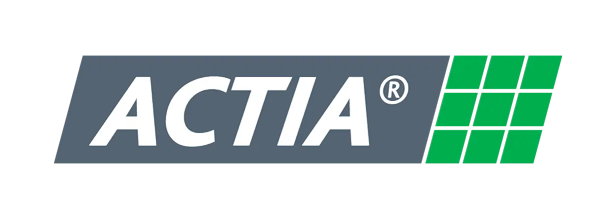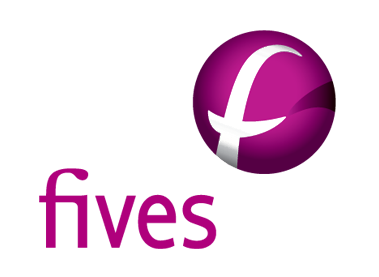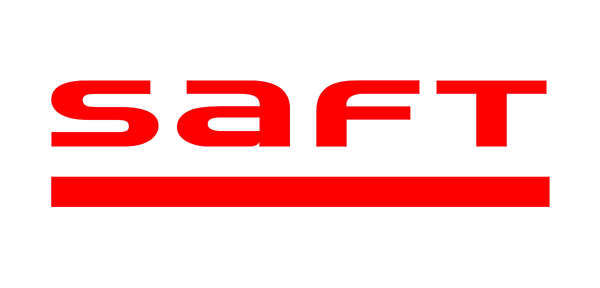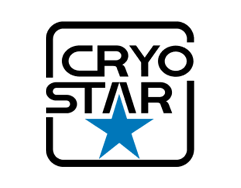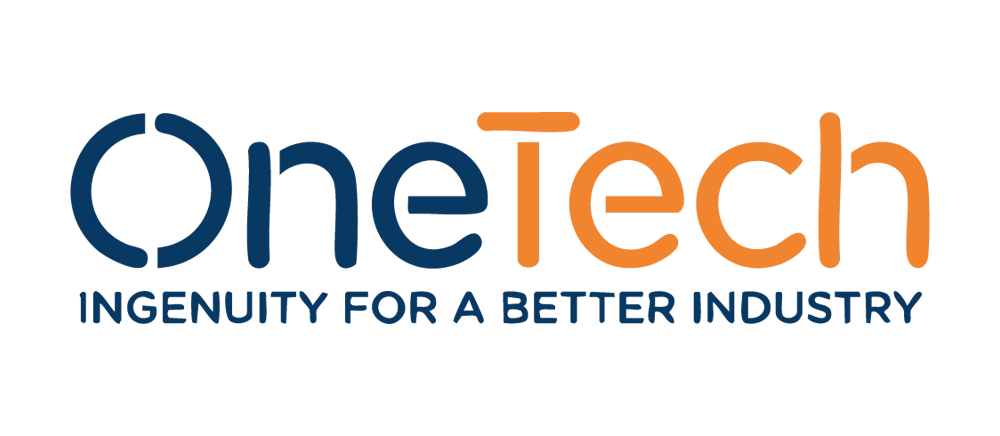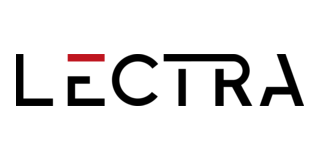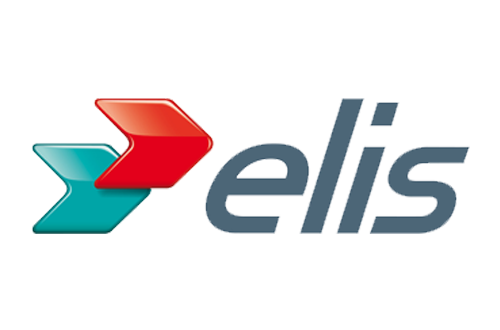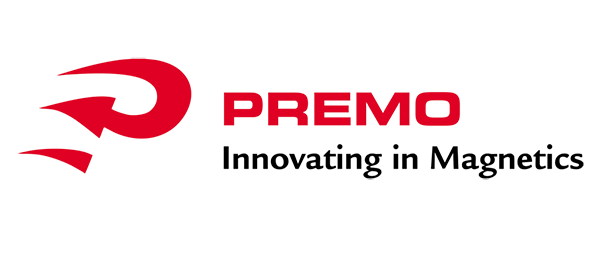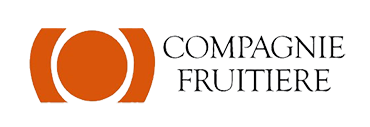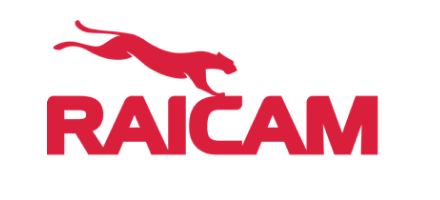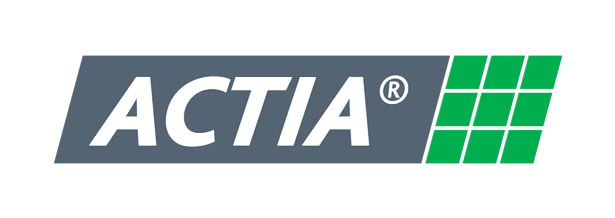
Actia
ACTIA GROUP is specialized in the manufacture of electronic components for the management of systems in the automotive, telecommunications and energy fields.
"By digitizing data exchanges with suppliers, Axiscope is an element of the function's increased maturity. Its implementation represents an important step taken by the company to enhance the purchasing function and make it a strategic function. "
Stakes and Goals
- To centralize exchanges with suppliers
- To reinforce resilience capacity
1. What does purchasing represent at ACTIA ?
Attached to the CEO of Actia, Jean-Louis Pech, I am in charge of Purchases for Actia Automotive. We cover 250 million euros of production purchases and 30 million euros of non-production purchases. The purchasing department is divided into four entities :
- non-production purchases
- project purchases
- series purchases
- supplier quality
2. The ongoing implementation of a purchasing IS is another asset that you wanted to equip the function with to face the current economic situation. What is the outline of this project ?
"In 2019, in order to meet the need to have a SRM to centralize exchanges with our suppliers as much as possible, we launched a call for tenders and we selected Axiscope."
We initially developed modules for monitoring supplier complaints, process audits, and the PPAP reference system (Production Part Approval Process) specific to the automotive industry, which covers the qualification of parts during the project phase.
We are now in the process of expanding our requirement specifications with additional modules to help us deal with the crisis we are experiencing. We are finalizing the QCD performance module and we are in the process of developing a specific module for monitoring production tools. Eventually, we could add modules related to risk management, monitoring of critical supplies, or even RFQ management.
3. How are you organizing the change management aspect of this purchasing IS project ?
This project is not only a significant investment, but also a cultural revolution. Change management mainly concerns users in the purchasing department, starting with the supplier quality assurance function and the purchasing performance manager, who is in charge of all the tools and our purchasing methodologies. He supports the deployment and ensures that the buyers take ownership of the tool.
"It is an attractive, visual, easy-to-use tool that provides access to information in real time."
It must be used on a daily basis by buyers to extract the information needed to manage supplier performance To present them with the progress of the various modules, we organize awareness sessions and quarterly reviews with all purchasing teams. Step by step, the various users become familiar with the tool, learn about it and are able to promote it within the organization.
4. What does this project do for you in the face of shortages and how did you build the supplyability indicator ?
We have launched a program called "supply chain resilience" which will enable us to better anticipate future crises. In addition to a risk management module, we are also working on the notion of "procurability", which characterizes our ability to obtain supplies.
This indicator is specific to electronic components. We measure the level of multi-sourcing, lead time, the make or buy balance, the level of maturity of components, etc. This gives us a level of risk, which can be attenuated by action plans from the supplier. In parallel, we have implemented a Redesign to Deliver program. Today, purchasing performance is based more on lead time than on cost. Our Redesign to Deliver project is based on a criticality analysis of the BOMs of our products, which is based on various criteria, including this supplyability parameter. We offer our customers partial redesigns of our products, so that they can be delivered.
5. ACTIA is a medium-sized company that operates between large group customers and large group suppliers. How do you manage to involve them in these redesign processes ?raîner dans ces démarches de redesign ?
We are between customers and suppliers who are much bigger than us and we are credible and legitimate as long as we show our added value. Our strength as a medium-sized company is our responsiveness. In this crisis, we were able to quickly develop new tools specific to the context.
6. What are the success KPIs for these new tools ?
Criticality level : from 1 to 4, depending on the time limit in which they are likely to break down. It also depends on the effectiveness of the four levers available to counter or prevent these disruptions.
Rate of return : main indicator at the production level
Purchasing Price Variance : allows us to calculate the differences between the price received and the reference price, based on the quantity received.
We also monitor the PPM (number of defaults recorded per Million Parts Produced per year) and the OTD (On-Time Delivery : an indicator that measures the ratio of parts delivered on time in relation to the total number of parts ordered). We are currently trying to develop them to find other measures linked to the context.
